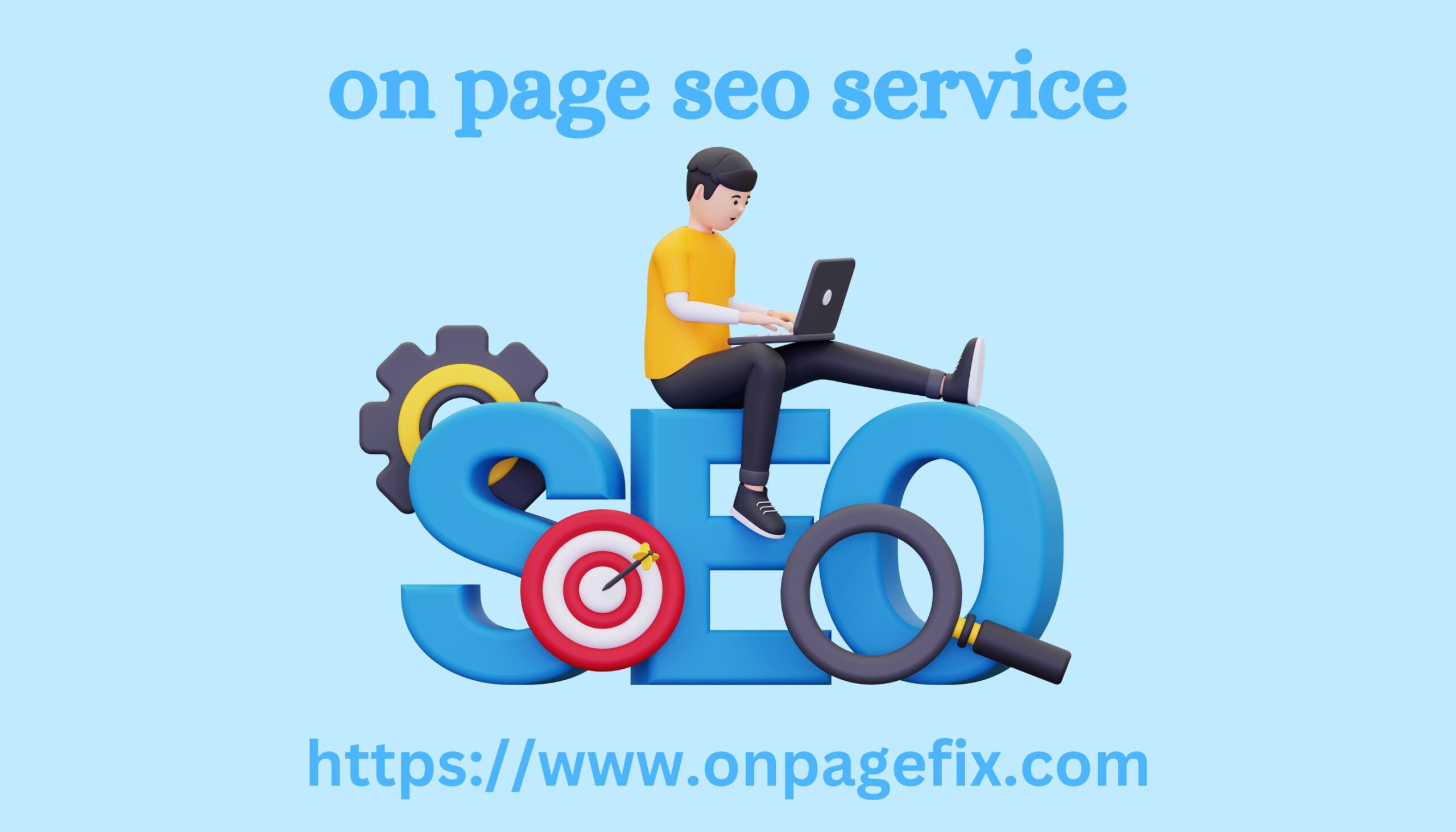|
|
One of the simple and effective ways to understand which changes on the site increase conversion is to conduct A/B testing, during which several versions of the design, the location of individual elements, navigation options and the structure of the portal are compared. The study helps to evaluate which of the options users respond to better. This marketing tool is used in cases of:
When it is necessary to prove the rationality of a product update or other changes;
There are different opinions within the team about which version will show higher conversion;
The developers believe that the update will make the site more convenient and reduce the number of failures.
Thus, this is a data-driven approach based on obtaining and comparing specific data. A/B tests allow you to test any hypotheses with minimal costs. The opinion of specialists can be subjective, but the result of split testing never is.
In what areas can A/B tests be performed?
This research method is not only necessary for testing hypotheses in the field of web design. The skill should be mastered:
For marketers
Testing different creatives and CTAs, images and headlines is an effective method for optimizing an advertising campaign and adjusting individual metrics.
For developers
Improving the quality of UX/UI design is impossible without constantly studying user behavior and testing different options. Tests help to understand what exactly influences conversion rates and choose the best option.
Product managers
Changing the product concept and rationality of updates, adjusting on page seo service the pricing model, optimizing the sales funnel – this is how those who manage the project can use A/B testing.

Comparing two or more options to choose the best one is the main goal of a split test. If your priorities include increasing the effectiveness of advertising campaigns, improving the quality of the product and its use for the end consumer, developing a successful content strategy, you cannot do without using this tool. Only regular experiments with the participation of representatives of your target audience will help you find the right path to promotion - with minimum costs and maximum conversion.
Conducting A/B tests: step-by-step instructions
In order to obtain an objective result, it is necessary to conduct a split test according to all the rules. Using the instructions below, you can easily test any hypothesis.
Step 1: Setting Goals
Testing various hypotheses is aimed at solving the business problems of the project. For example, you are the owner of an online store, and during the assessment of the site's conversion rate, you discovered that 70% of customers do not place an order online, but limit themselves to simply adding the product to the basket. Your task is to work out the mechanism for making a purchase in such a way as to reduce this figure. Moreover, we are not talking about abstract figures: the results must be specifically measurable. If we talk about this example, the number of refusals must be reduced to a certain figure, for example, 30% of the total number of users.
Step 2. Selecting metrics
To evaluate the data obtained during the study, you need to identify specific metrics that will be analyzed. For example, you need to check which of the web page design options is more convenient for users. It is logical to pay attention to the bounce rate and the number of visitors who performed a conversion action. Since we are talking about really measurable results, it is necessary to choose quantitative metrics.
Step 3. Developing a hypothesis
You have already understood that A/B testing is, first of all, a comparison of several options to choose the best one according to certain indicators. Now it is important to decide on the hypothesis - what we will change and compare to obtain a specific result.
For example, your resource has a subscription form that most users ignore. You believe that changing its design and the number of fields will increase the number of subscriptions by 30%. This is a hypothesis. To confirm or refute it, you need to demonstrate to the control group a portal with the old form and a site with an updated design, and then compare the results. Usually, several scenarios are distinguished that help to understand what exactly influenced the result - chance or the changes made:
We hope to disprove the hypothesis that both the original design version A and the updated design version B show the same conversion;
We hope to confirm the hypothesis that the updated version B performs better than the old version A.
Testing can be either one-sided, during which we only refute the hypothesis, or two-sided, when we both refute a certain statement and discover certain changes that affect the result.
|
|
